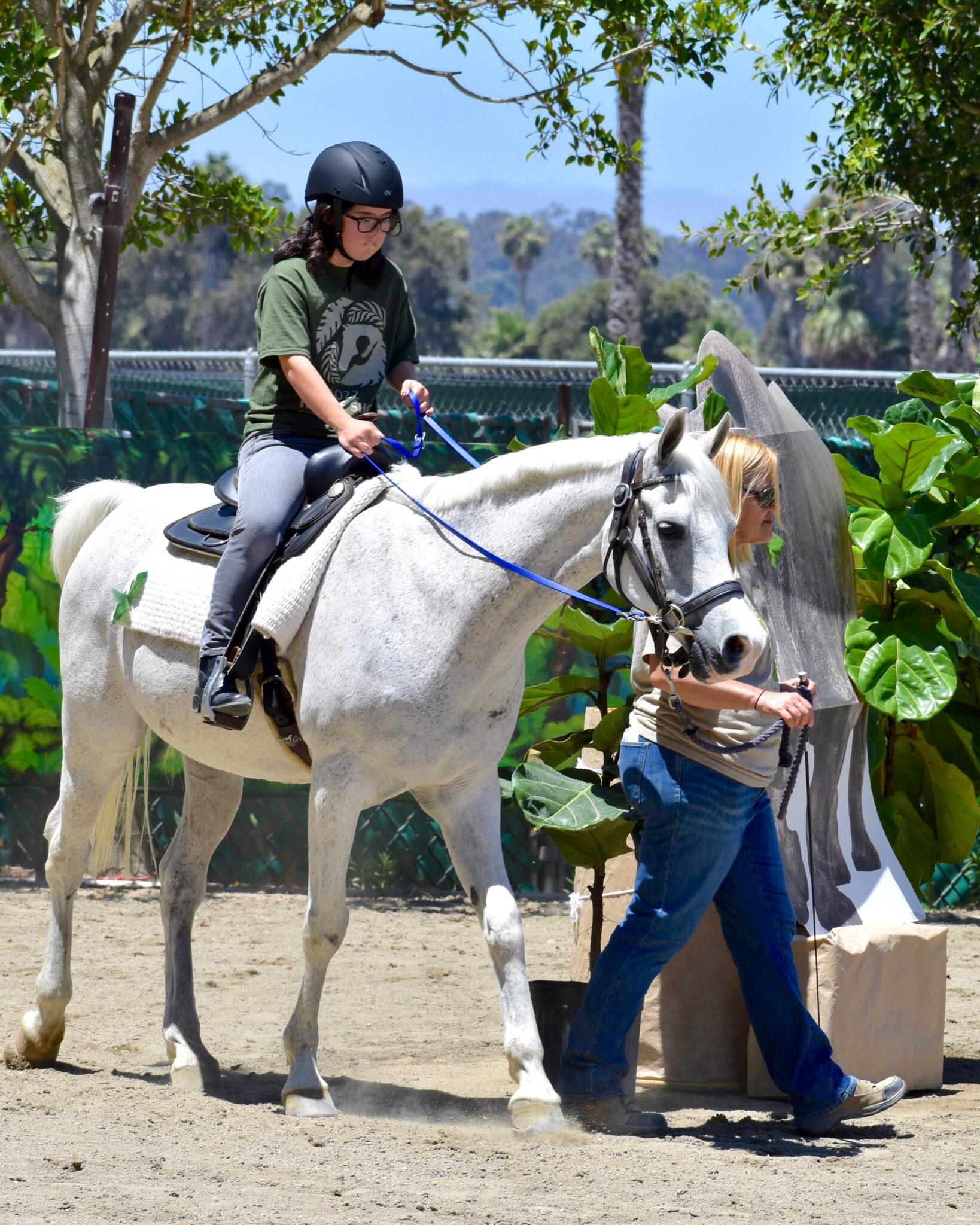The Role of the Horse in Therapeutic Riding

Therapeutic riding, also known as equine-assisted therapy, is a specialized form of therapy that uses horses to help individuals with physical, emotional, cognitive, and social challenges. The horse plays a central role in this therapeutic process, acting not only as a means of physical movement but also as a partner in emotional healing and personal growth.
Understanding Therapeutic Riding
Therapeutic riding involves guided horseback riding sessions tailored to meet the needs of individuals with disabilities or special needs. It is facilitated by trained therapists and riding instructors who work together to ensure safety and maximize therapeutic benefits.
| Aspect | Description |
|---|---|
| Physical Benefits | Improves balance, coordination, muscle strength, and motor skills through riding movements. |
| Emotional Benefits | Enhances self-esteem, reduces anxiety, and fosters emotional regulation. |
| Cognitive Benefits | Stimulates sensory processing, attention, and problem-solving skills. |
| Social Benefits | Encourages communication, trust-building, and social interaction. |
The Unique Role of the Horse
Physical Movement and Sensory Input
The horse’s rhythmic gait provides a unique sensory experience that mimics the natural human walking pattern. This movement helps improve posture, balance, and muscle tone in riders, especially those with neurological or physical impairments.
Emotional Connection and Trust
Horses are highly sensitive animals that respond to human emotions and body language. This sensitivity allows riders to develop a deep emotional bond with the horse, fostering trust and confidence that can translate into improved emotional well-being.
Motivation and Engagement
The presence of a horse often motivates individuals to participate actively in therapy sessions. The interactive nature of caring for and riding a horse encourages responsibility, patience, and perseverance.
How Horses Are Selected for Therapeutic Riding
Not all horses are suitable for therapeutic riding. Selection criteria include temperament, size, gait, and training. Ideal therapy horses are calm, patient, and well-trained to handle various rider needs and behaviors.
Frequently Asked Questions (FAQ)
Q1: What conditions can therapeutic riding help with?
A1: Therapeutic riding can benefit individuals with cerebral palsy, autism spectrum disorders, multiple sclerosis, PTSD, developmental delays, and more.
Q2: Is therapeutic riding safe?
A2: Yes, sessions are conducted under professional supervision with safety measures in place, including helmets and trained staff.
Q3: How often should one participate in therapeutic riding?
A3: Frequency varies based on individual goals but typically ranges from once to several times per week.
Q4: Can anyone learn to ride a therapeutic horse?
A4: Most individuals with physical or cognitive challenges can participate, with adaptations made to accommodate specific needs.
Conclusion
The horse is much more than a mode of transportation in therapeutic riding; it is a vital partner that facilitates physical healing, emotional growth, and social development. Understanding the multifaceted role of the horse helps maximize the benefits of therapeutic riding for individuals seeking improved quality of life.
Would you like me to help enhance the introduction or add more detailed case studies to this article?
